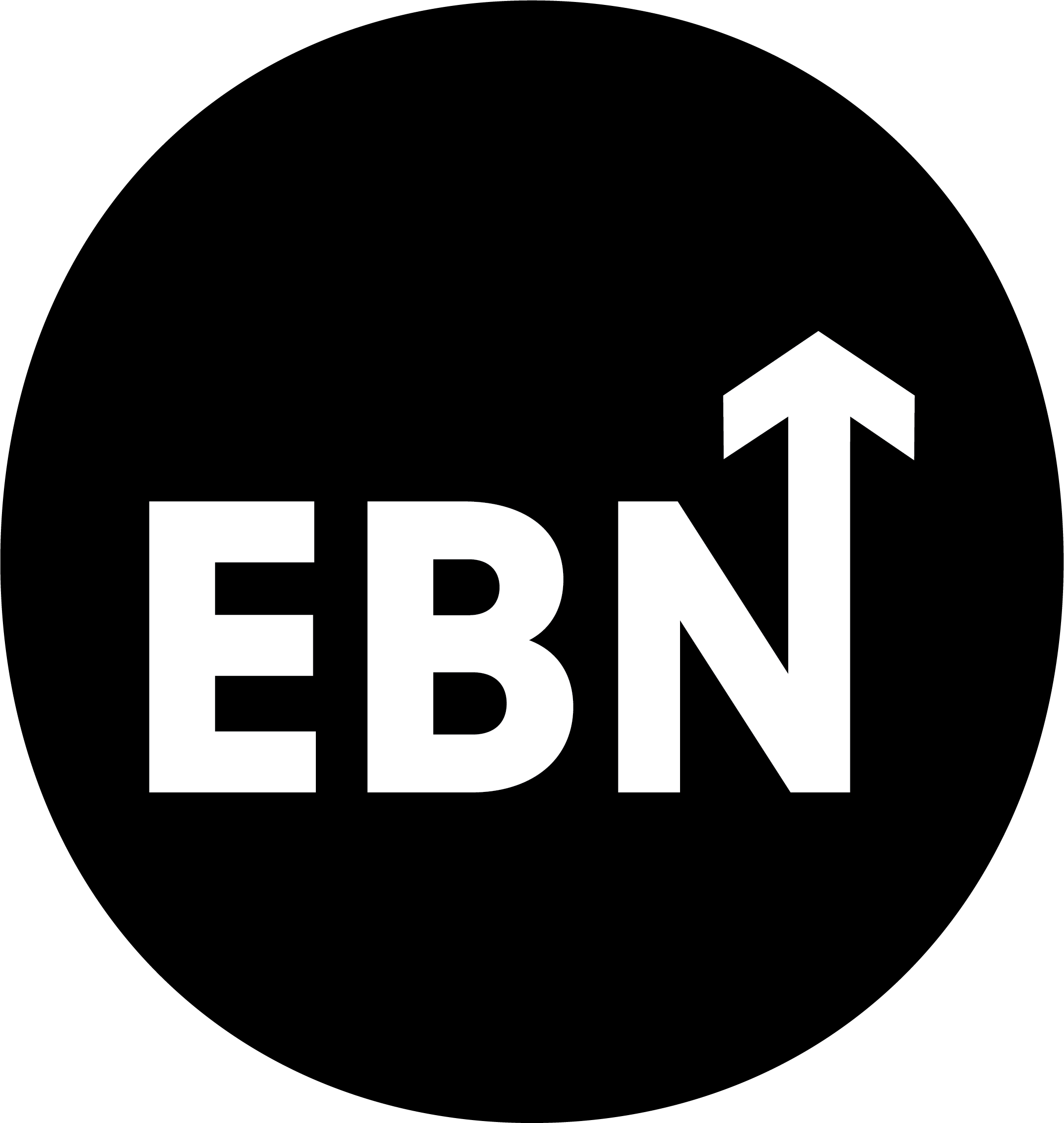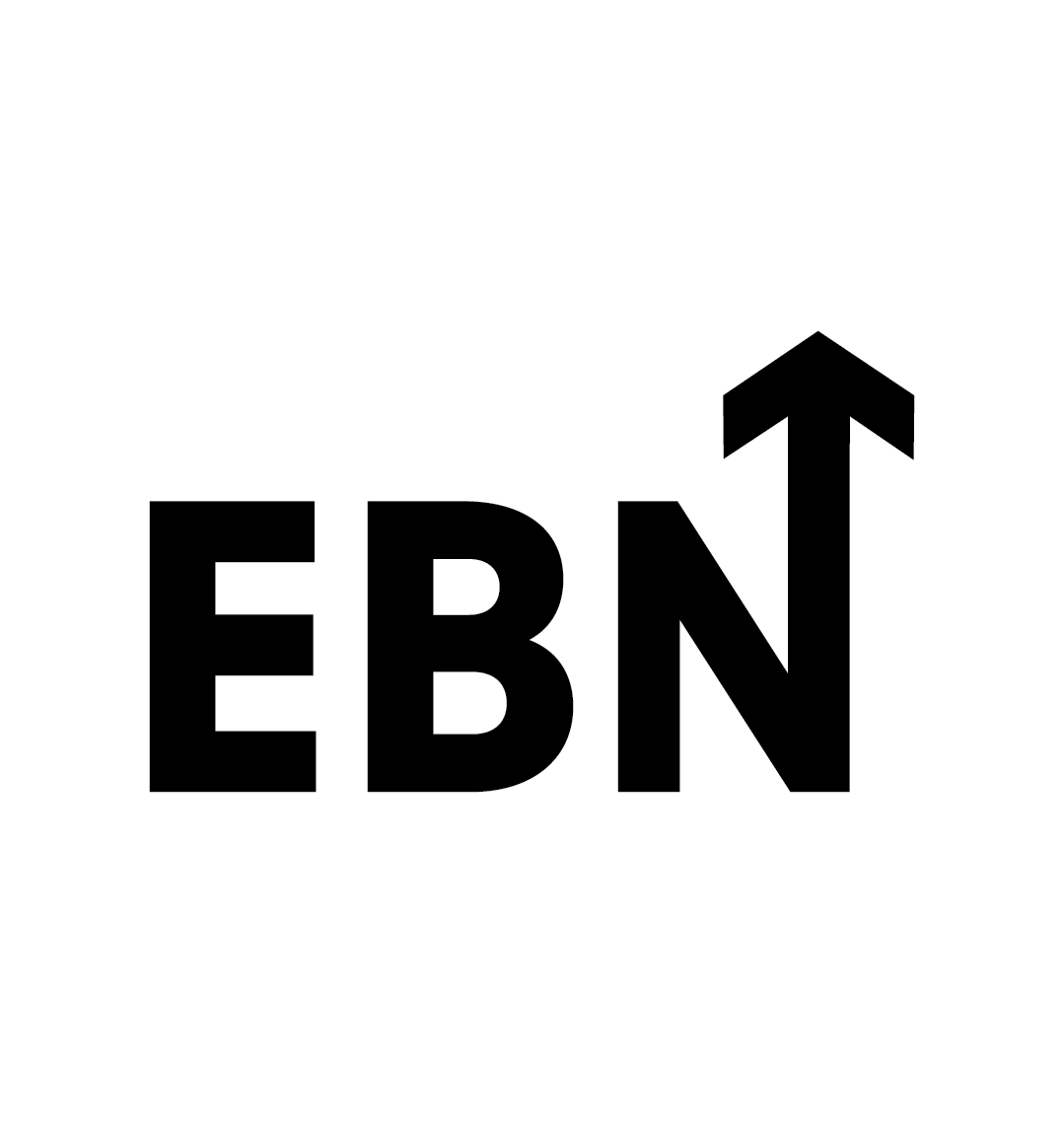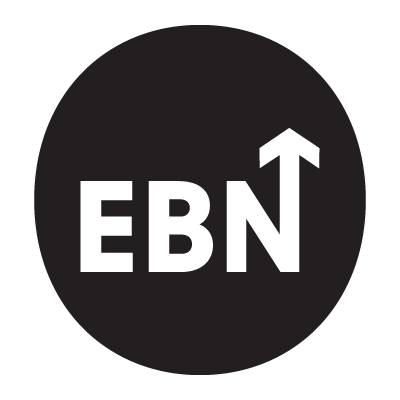In today's competitive job market, organizations are investing heavily in their employer value propositions (EVPs) to attract and retain top talent. However, a recent study by Gartner reveals a startling disconnect between these efforts and employee perceptions. Only 33% of employees report that their organizations consistently deliver on the promises made in their EVPs.
This revelation comes at a critical time when companies are grappling with talent shortages, tarnished reputations, high turnover rates, and the need to create engaging work environments. The findings underscore the importance of not just crafting an attractive EVP, but also effectively communicating and delivering on those promises.
The Communication Conundrum
At the heart of the EVP delivery gap lies a significant communication challenge. The Gartner survey found that a mere 21% of employees believe their organization communicates about their EVP sufficiently. This lack of communication is not lost on HR leaders, with 75% admitting they are not doing a great job of communicating their EVP internally.
The consequences of this communication breakdown are far-reaching. When employees are unaware of the benefits and opportunities available to them, they may feel undervalued and disconnected from their organization's mission and values. This can lead to decreased engagement, lower productivity, and ultimately, higher turnover rates.
Helping HR, talent acquisition, employer branding, and company culture professionals find careers worth smiling about.
Understanding the EVP: A Fundamental Challenge
One of the most striking findings from the Gartner research is that only 16% of employees reported knowing what makes up their organization's EVP. This lack of understanding is a significant barrier to employee engagement and satisfaction.
To address this issue, HR leaders must position the EVP in the context of the employee journey. This means communicating the EVP at relevant moments throughout an employee's experience with the organization, from the initial job description and interview process to onboarding, team meetings, and beyond.
Gartner's research indicates that for each additional channel through which employees learn about their EVP, they are 24% more likely to agree that their organization delivers on its EVP promises. This highlights the importance of a multi-channel communication strategy that reinforces the EVP at various touchpoints.
The Manager's Role in EVP Delivery
Managers play a crucial role in bringing the EVP to life for employees. The Gartner survey revealed that employees who believe they can depend on their manager to deliver on EVP promises are five times more likely to agree that their organization delivers on its promises.
However, managers are often overburdened and may lack the capacity or knowledge to effectively communicate and deliver on the EVP. To address this, organizations should:
- Provide managers with clear guidance on how to incorporate EVP messaging into their regular interactions with team members. Filtering down key documents such as EVP guidebooks is a helpful place to start.
- Equip managers with the necessary resources and training to understand and articulate the organization's EVP. Sharing and training on EVP brand books and go-to-market or strategic docs is another worthwhile endeavor and can often be done either in-house or by suitably qualified partners.
- Encourage managers to signal EVP elements during existing touchpoints, such as team meetings, mentoring sessions, and development conversations.
By embedding EVP communication into existing workflows, managers can create a stronger connection between employees' day-to-day experiences and the organization's broader promises.

Building Trust Through Transparency and Action
Trust is a critical component of effective EVP delivery. Unfortunately, the Gartner survey found that only 38% of employees anticipated EVP offerings would improve in the future, indicating a lack of trust in their organizations.
To build and maintain trust, HR leaders must demonstrate responsiveness and a clear intent to act on employee feedback. This can be achieved through:
- Greater transparency: Share information about the EVP in greater depth, going beyond simple definitions to explain how it aligns with the organization's mission and values.
- Action on feedback: Actively address employee concerns and suggestions related to the EVP, and communicate the steps taken to improve.
- Honest communication: Be upfront about challenges faced in delivering on EVP promises and explain any limitations or constraints.
- Regular updates: Provide frequent updates on EVP-related initiatives and improvements to keep employees informed and engaged.
It’s also extremely important to develop the EVP correctly in the first place. Collecting and using all relevant data points is essential, especially workforce insights that highlight the reality of the current employment experience. Creating an EVP that is not realistic or far too aspirational can do more harm than good.
Taking a data-driven approach to EVP creation and collecting a full 360 view of your brand from leadership, the current workforce, your future workforce, and your benchmarked competitors, is the very minimum you should be considering. All too often employers fall into the trap of creating EVPs with very little or errant data, or due process, and regretting it in the long run. Certainly a case of prevention being better than the cure.
Momentum isn’t always progress, especially when you always end up back where you started.
Fathom helps you escape the loop. With insight, not intuition.
Tailoring EVP Communication to the Employee Lifecycle
To maximize the impact of EVP communication, organizations should tailor their messaging to different stages of the employee lifecycle. Here's how:
Recruitment and Onboarding
- Highlight key EVP elements in job descriptions and career websites.
- Discuss the EVP in detail during interviews to set clear expectations.
- Reinforce EVP messaging during the onboarding process to help new hires understand the full range of benefits and opportunities available to them.
Ongoing Employment
- Use team meetings and company-wide communications to showcase EVP success stories and updates.
- Leverage the company intranet and internal social platforms to keep EVP information easily accessible.
- Incorporate EVP discussions into performance reviews and career development conversations.
Alumni Experience
- Maintain connections with former employees through alumni networks and communications.
- Highlight how the EVP continues to evolve and improve, potentially encouraging boomerang employees.
Measuring EVP Effectiveness
To ensure that EVP communication and delivery efforts are successful, organizations should implement robust measurement and tracking strategies. This can include:
- Regular pulse surveys to gauge employee understanding and perception of the EVP. Usually just a few additional questions added to existing engagement surveys will suffice.
- Annual employer brand assessments to ensure your EVP is still relevant and is successfully building brand equity (overall attractiveness) and the desired brand associations. Remember, the more people who come into the organisation for the right reasons, the more EVP-aligned the employment experience can become. Don't be afraid to change course when reality changes.
- Analysis of key performance indicators (KPIs) related to employee engagement, retention, and productivity.
- Feedback mechanisms that allow employees to share their experiences with specific EVP elements.
- Benchmarking against industry standards and competitors to ensure the EVP remains competitive.
The Role of Technology in EVP Communication
In today's digital workplace, technology plays a crucial role in effective EVP communication. Organizations should leverage:
- Employee experience platforms: Centralize EVP information and make it easily accessible to all employees.
- Personalization tools: Tailor EVP messaging based on employee demographics, roles, and career stages.
- Analytics: Use data-driven insights to identify gaps in EVP understanding and effectiveness.
- Mobile apps: Ensure EVP information is accessible on-the-go for remote and distributed workforces.
Conclusion: Bridging the EVP Delivery Gap
The Gartner research serves as a wake-up call for organizations struggling to deliver on their EVP promises. By focusing on clear communication, manager enablement, trust-building, and tailored messaging throughout the employee lifecycle, companies can bridge the gap between EVP promises and employee perceptions.
As Keyia Burton, Senior Principal, Advisory in the Gartner HR practice, emphasizes,
"It is imperative that HR leaders are thoughtful about which channels they are using and when. EVP communication should occur at all stages of the employee lifecycle, starting from the interview process all the way through the alumni experience".
By taking a strategic and comprehensive approach to EVP delivery, organizations can create a more engaged, satisfied, and productive workforce, ultimately driving business success in an increasingly competitive talent landscape.
If you need support developing or communicating and robust and impactful EVP, consider reaching out to seasoned experts like Fathom. Getting this level of support will mean getting it right the first time around and potentially saving your organization lost time, wasted resources, and blushes.

Takeaways
What is an Employee Value Proposition (EVP)?
An EVP is the unique set of benefits and opportunities an organization offers to its employees in exchange for their skills, capabilities, and experiences. It encompasses everything from compensation and benefits to career development opportunities and company culture.
Why is it important for organizations to deliver on their EVP promises?
Delivering on EVP promises is crucial for building trust, enhancing employee engagement, improving retention rates, and attracting top talent. Failure to deliver can lead to decreased morale, lower productivity, and higher turnover.
How can organizations improve their EVP communication?
Organizations can improve EVP communication by using multiple channels, tailoring messages to different stages of the employee lifecycle, empowering managers to discuss EVP regularly, and leveraging technology for personalized and accessible communication.
What role do managers play in EVP delivery?
Managers are critical in bringing the EVP to life for employees. They should be equipped to discuss and demonstrate EVP elements in their day-to-day interactions with team members, reinforcing the organization's commitments.
How can organizations measure the effectiveness of their EVP?
EVP effectiveness can be measured through employee surveys, analysis of engagement and retention metrics, feedback mechanisms, and benchmarking against industry standards.
What are some common challenges in EVP delivery?
Common challenges include poor communication, lack of employee understanding, failure to align EVP with employee expectations, and inconsistent delivery across different parts of the organization.
How often should organizations review and update their EVP?
Organizations should regularly review their EVP, ideally annually or bi-annually, to ensure it remains relevant and competitive. Updates should be made in response to changing employee needs, market conditions, and business objectives.
What role does technology play in EVP communication and delivery?
Technology facilitates EVP communication through employee experience platforms, personalization tools, analytics for measuring effectiveness, and mobile apps for easy access to EVP information.








